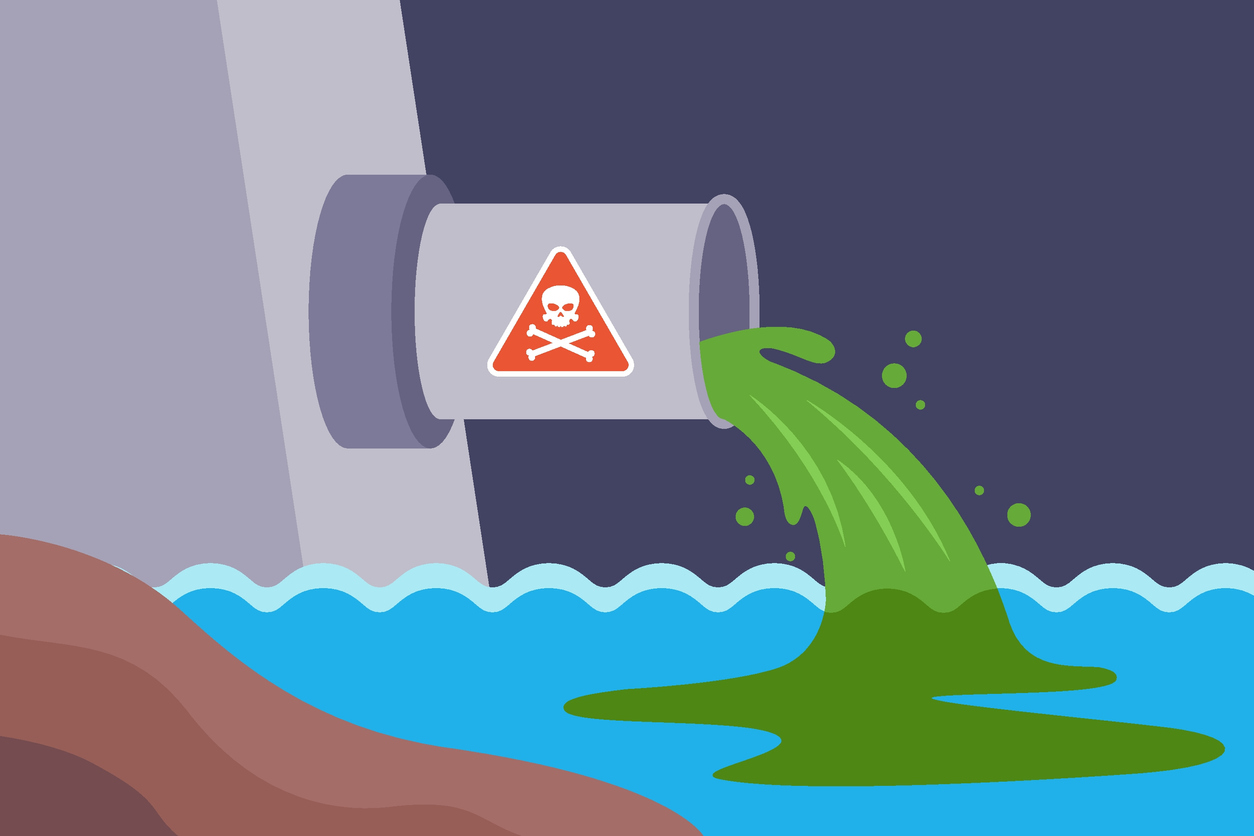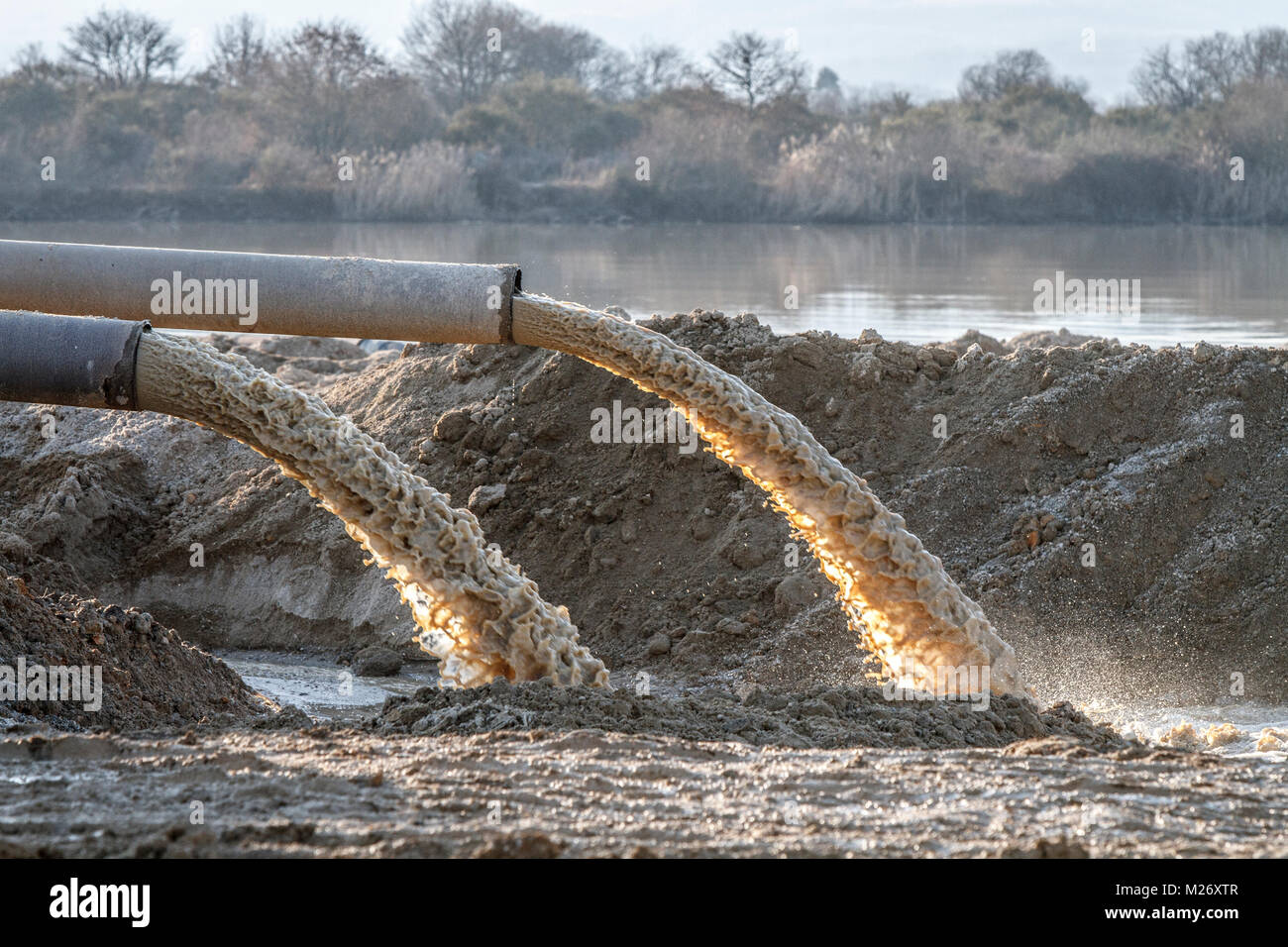Exactly How Liquid Garbage Disposal Functions: A Thorough Introduction of Techniques and Technologies Employed

Summary of Fluid Waste Types
The intricacy of liquid waste kinds demands a thorough understanding of their attributes and implications for disposal. Liquid waste can extensively be categorized into a number of kinds, consisting of commercial, municipal, agricultural, and contaminated materials. Each category displays distinctive residential properties, calling for particular monitoring strategies to alleviate ecological and health and wellness dangers.
Industrial fluid waste stems from making procedures and commonly contains a series of impurities, such as heavy metals, solvents, and organic compounds. Municipal fluid waste, primarily comprising wastewater from families and industrial establishments, has raw material, nutrients, and pathogens (industrial wastewater treatment). Agricultural fluid waste, consisting of drainage from ranches, might include fertilizers, chemicals, and pet waste, posing dangers to water high quality and ecosystems
Harmful fluid waste is defined by its poisoning, sensitivity, or prospective to cause damage. Recognizing these varied liquid waste kinds is essential for developing effective disposal approaches and guaranteeing conformity with environmental guidelines.
Physical Treatment Techniques

Testing is the first step, where larger particles and debris are eliminated from the fluid waste utilizing displays or grates. In sedimentation storage tanks, larger bits settle at the base, creating a sludge layer, while the clarified liquid can be additional treated.
Purification is one more vital approach that entails passing the fluid with porous materials, such as sand or membranes, to capture smaller fragments. This action improves the high quality of the fluid, making it ideal for subsequent therapy procedures.

Chemical Therapy Strategies
Chemical therapy methods are vital for properly managing liquid waste, particularly in dealing with liquified and colloidal pollutants that physical techniques may not adequately get rid of. These strategies utilize different chemical agents to reduce the effects of, precipitate, or transform harmful substances into less dangerous kinds.
One common method is coagulation and flocculation, where chemicals such as alum or ferric chloride are included in advertise the gathering of put on hold bits. This procedure improves sedimentation, enabling simpler removal of the resulting sludge. Furthermore, oxidation procedures, utilizing representatives like chlorine or ozone, are utilized to break down complicated natural substances and microorganisms, rendering the waste much liquid waste disposal safer for discharge or more treatment.
Neutralization is one more critical strategy, which readjusts the pH of acidic or alkaline waste streams to neutral degrees, protecting against possible harm to downstream systems and the setting. Moreover, advanced oxidation procedures (AOPs) make use of mixes of oxidants and ultraviolet light to degrade relentless pollutants, attaining a higher level of treatment effectiveness.
Biological Therapy Procedures
Organic therapy procedures play an essential role in the management of liquid waste by utilizing bacteria to disintegrate raw material and decrease pollutant levels. These processes can be extensively categorized right into anaerobic and cardiovascular therapies, each using certain microbial areas to attain efficient waste deterioration.
Aerobic therapy entails using oxygen to promote the malfunction of organic products by microorganisms. This process is generally carried out in triggered sludge systems, where oygenation containers provide a favorable setting for microbial development, bring about the oxidation of natural pollutants. The resultant biomass can be separated from dealt with effluent through sedimentation.
In comparison, anaerobic treatment happens in the absence of oxygen, depending on various bacteria to break down natural issue. This technique is specifically helpful for high-strength waste, as it creates biogas, a renewable energy source, while lowering sludge manufacturing. Technologies such as anaerobic digesters are often utilized in industrial and local applications.
Both cardio and anaerobic biological treatments not only reduce the ecological effect of liquid waste yet also help with resource healing, making them essential components of sustainable waste management techniques. Their effectiveness, effectiveness, and adaptability support their extensive implementation across different sectors.
Emerging Technologies in Disposal
Innovative methods to fluid garbage disposal are quickly evolving, driven by advancements in innovation and a boosting focus on sustainability. Among these emerging technologies, membrane layer bioreactors (MBRs) have gained traction for their capability to incorporate biological treatment with membrane filtering, causing top quality effluent that can be reused in various applications. MBRs allow smaller sized footprints and much more reliable operations compared to conventional systems.
One more appealing advancement is using anaerobic food digestion combined with nutrient healing technologies, which not just treats fluid waste but also generates biogas and recoups beneficial nutrients like nitrogen and phosphorus. This dual benefit improves resource performance and reduces environmental effect.
In addition, progressed oxidation procedures (AOPs) are being embraced for the degradation of complex natural contaminants. These methods make use of effective oxidants and stimulants to damage down impurities at the molecular level, offering a highly efficient service for tough waste streams.
In addition, the integration of expert system and maker knowing in waste management systems is enhancing functional efficiency and anticipating upkeep, bring about minimized expenses and boosted environmental compliance. These technologies reflect a substantial shift in the direction of even more reliable and sustainable fluid garbage disposal techniques.
Final Thought
To conclude, effective liquid waste disposal demands a comprehensive understanding of numerous techniques and innovations. The combination of physical, chemical, and organic therapy approaches ensures the reliable management of varied waste types. In addition, the appearance of innovative technologies enhances treatment effectiveness and advertises sustainability in waste administration techniques. By continuously progressing these methods, it comes to be feasible to resolve the expanding challenges associated with fluid waste, inevitably adding to environmental management and source healing.
Fluid waste disposal is an important aspect of ecological administration, calling for a thorough understanding of numerous methods and modern technologies customized to various waste types. Liquid waste can broadly be categorized into numerous types, consisting of commercial, metropolitan, agricultural, and hazardous waste. Agricultural liquid waste, consisting of overflow from ranches, might include plant foods, chemicals, and pet waste, posing dangers to water top quality and communities.
Numerous physical therapy techniques play an important role in handling fluid waste effectively - industrial wastewater treatment.In verdict, reliable fluid waste disposal demands a thorough understanding of numerous methods and modern technologies